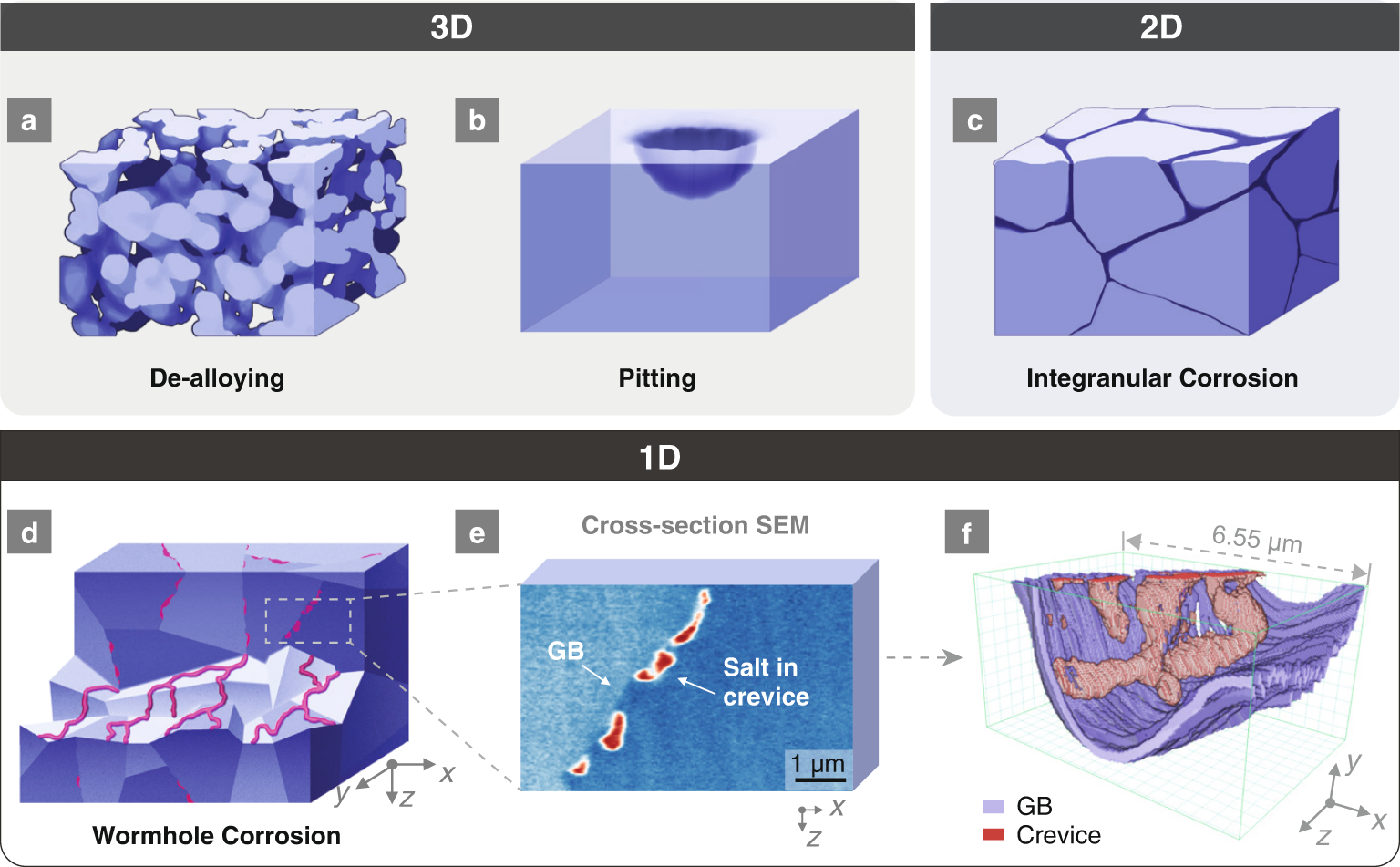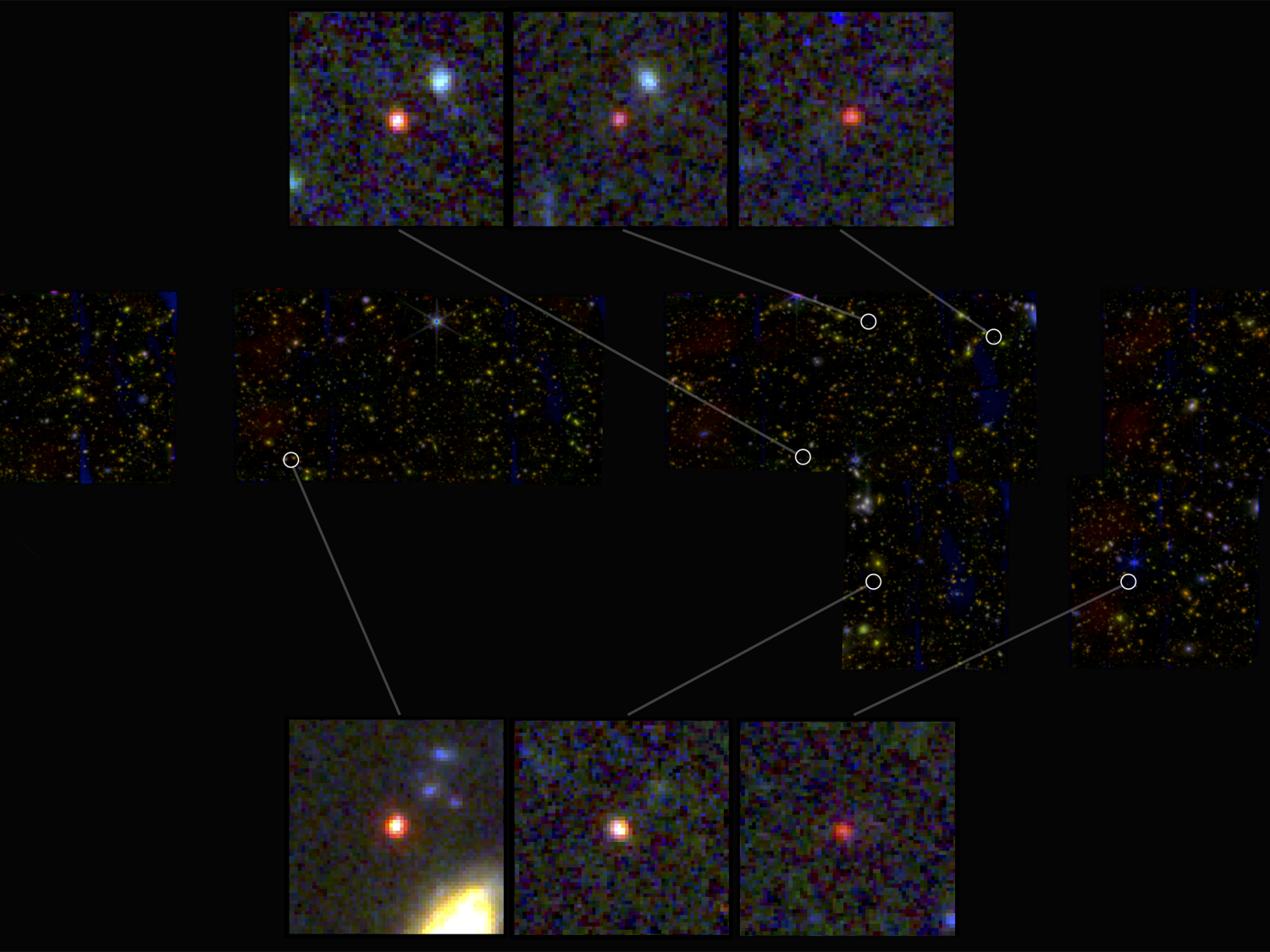2023-02-22 ノースカロライナ州立大学(NCState)
◆NC州立大学の機械・航空宇宙工学准教授で本研究の責任著者であるJun Liu氏は、「今回の研究は、大きなサンプルサイズを扱っており、強誘電体材料に印加される電場の種類と材料内の熱応答との関係に関する詳細情報を提供しているので、大きな前進と言えます」と語っています。”実用的には、交流(AC)や直流(DC)を使って、異なる電界をかけることによって、ユーザーが材料の熱挙動を調整することができます。” これは、様々なデバイスを通して熱の流れを管理する新しい技術の開発に道を開くことになります。
◆今回の研究では、センサー、アクチュエーター、超音波装置などの技術に使われるPMN-PTと呼ばれる強誘電体材料を使用しました。実際の使用環境を反映させるため、厚さ2.5 mmのサンプルを室温で使用しました。
◆この研究では、AC電源とDC電源の両方を用いて、さまざまな強さの電界を材料に印加した。また、電流の周波数と電界にさらされる時間も変化させた。
◆その後、研究者らは一連の方法を用いて、電界条件の違いに応じて各試料の熱特性がどのように変化するかを測定しました。その結果、電界の強さ、交流か直流か、時間、周波数という4つの変数すべてが、電界による材料の熱特性の変化に関与していることが判明しました。
◆論文は、Advanced Materials誌にオープンアクセスで掲載されています。
<関連情報>
- https://news.ncsu.edu/2023/02/tuning-ferroelectric-thermal-properties/
- https://onlinelibrary.wiley.com/doi/abs/10.1002/adma.202211286
強誘電体ドメインウォール工学により、PMN-PT単結晶の温度変調が可能になった Ferroelectric Domain Wall Engineering Enabled Thermal Modulation in PMN-PT Single Crystals
Ankit Negi, Hwang Pill Kim, Zilong Hua, Anastasia Timofeeva, Xuanyi Zhang, Yong Zhu, Kara Peters, Divine Kumah, Xiaoning Jiang, Jun Liu
Advanced Materials Published: 16 February 2023
DOI:https://doi.org/10.1002/adma.202211286
Abstract
Acting like thermal resistances, ferroelectric domain walls can be manipulated to realize dynamic modulation of thermal conductivity (k), which is essential for developing novel phononic circuits. Despite the interest, little attention has been paid to achieve room-temperature thermal modulation in bulk materials due to challenges in obtaining a high thermal conductivity switch ratio (khigh/klow), particularly in commercially viable materials. Here, we demonstrate room-temperature thermal modulation in 2.5 mm-thick Pb(Mg1/3Nb2/3)O3–xPbTiO3 (PMN-xPT) single crystals. With the use of advanced poling conditions, assisted by the systematic study on composition and orientation dependence of PMN-xPT, we observed a range of thermal conductivity switch ratios with a maximum ≈1.27. Simultaneous measurements of piezoelectric coefficient (d33) to characterize the poling state, domain wall density using polarized light microscopy (PLM) and birefringence change using quantitative PLM reveal that compared to the unpoled state, the domain wall density at intermediate poling states (0< d33< d33,max) is lower due to the enlargement in domain size. At optimized poling conditions (d33,max), the domain sizes show increased inhomogeneity that leads to enhancement in the domain wall density. This work highlights the potential of commercially available PMN-xPT single crystals among other relaxor-ferroelectrics for achieving temperature control in solid-state devices.
This article is protected by copyright. All rights reserved




